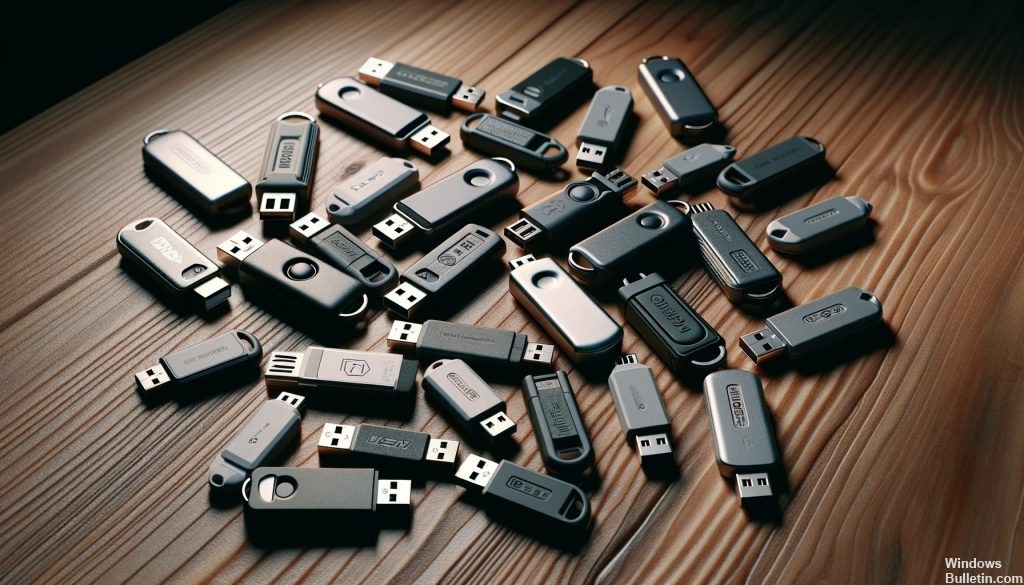To view hidden files and folders in the latest versions of Windows, including Windows 11 and Windows 10, follow these instructions:
Viewing Hidden Files in Windows 11 and Windows 10
To view hidden files and folders in Windows 11 and Windows 10, you can follow these steps:
- Open File Explorer:
- Click on the File Explorer icon on the taskbar or press Windows key + E.
- Show Hidden Items in Windows 11:
- Select View from the menu at the top of the window.
- Click on Show to expand the options.
- Check Hidden items to display hidden files and folders.
- Show Hidden Items in Windows 10:
- Select the View tab on the ribbon at the top of the File Explorer window.
- Click on Options to open Folder Options.
- In the Folder Options window, switch to the View tab.
- Under Advanced settings, find and select the option labeled Show hidden files, folders, and drives.
- Click OK to apply the changes and close the Folder Options window.
Note: Hidden files and folders will now be visible in File Explorer, but they will appear slightly faded compared to regular files. This indicates their hidden status.
Viewing Hidden Files in Windows 8.1
To access hidden files and folders in Windows 8.1, follow these instructions:
- Access the Search Function:
- If using a touchscreen, swipe in from the right edge of the screen, then select Search.
- If using a mouse, point to the upper-right corner of the screen, move the mouse pointer down, and then select Search.
- Search for Folder Options:
- Type “folder” in the search box.
- Select Folder Options from the search results.
- Modify View Settings:
- In the Folder Options window, navigate to the View tab.
- Under Advanced settings, select the option Show hidden files, folders, and drives.
- Click OK to apply the changes.
Viewing Hidden Files in Windows 7
For users operating on Windows 7, the process to view hidden files is as follows: read more
